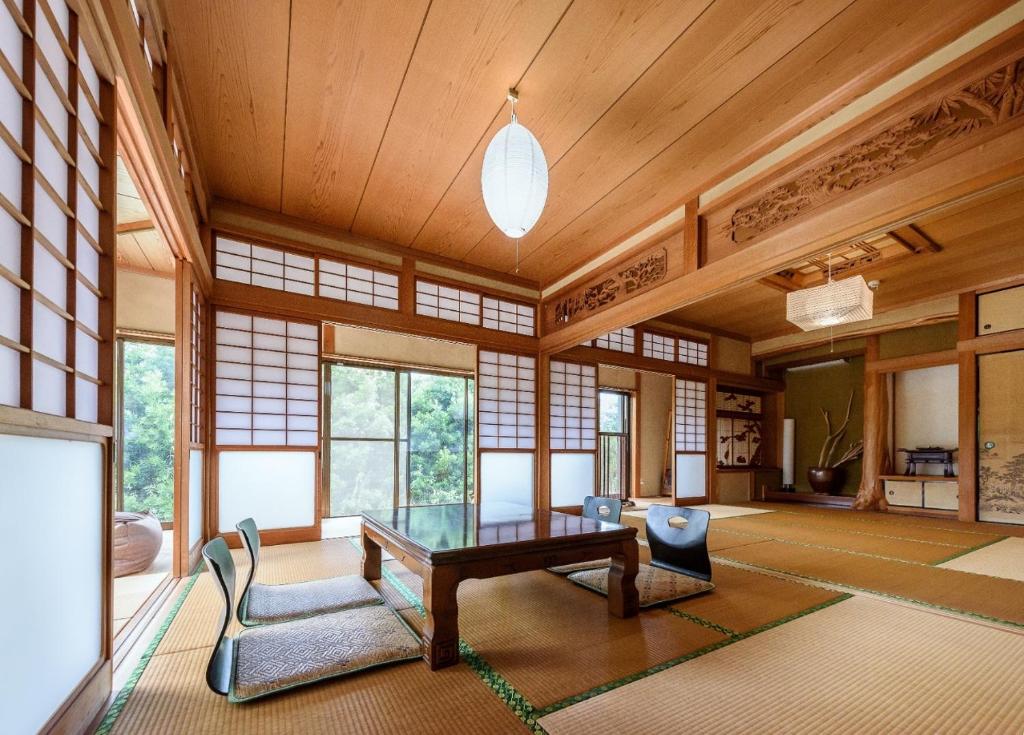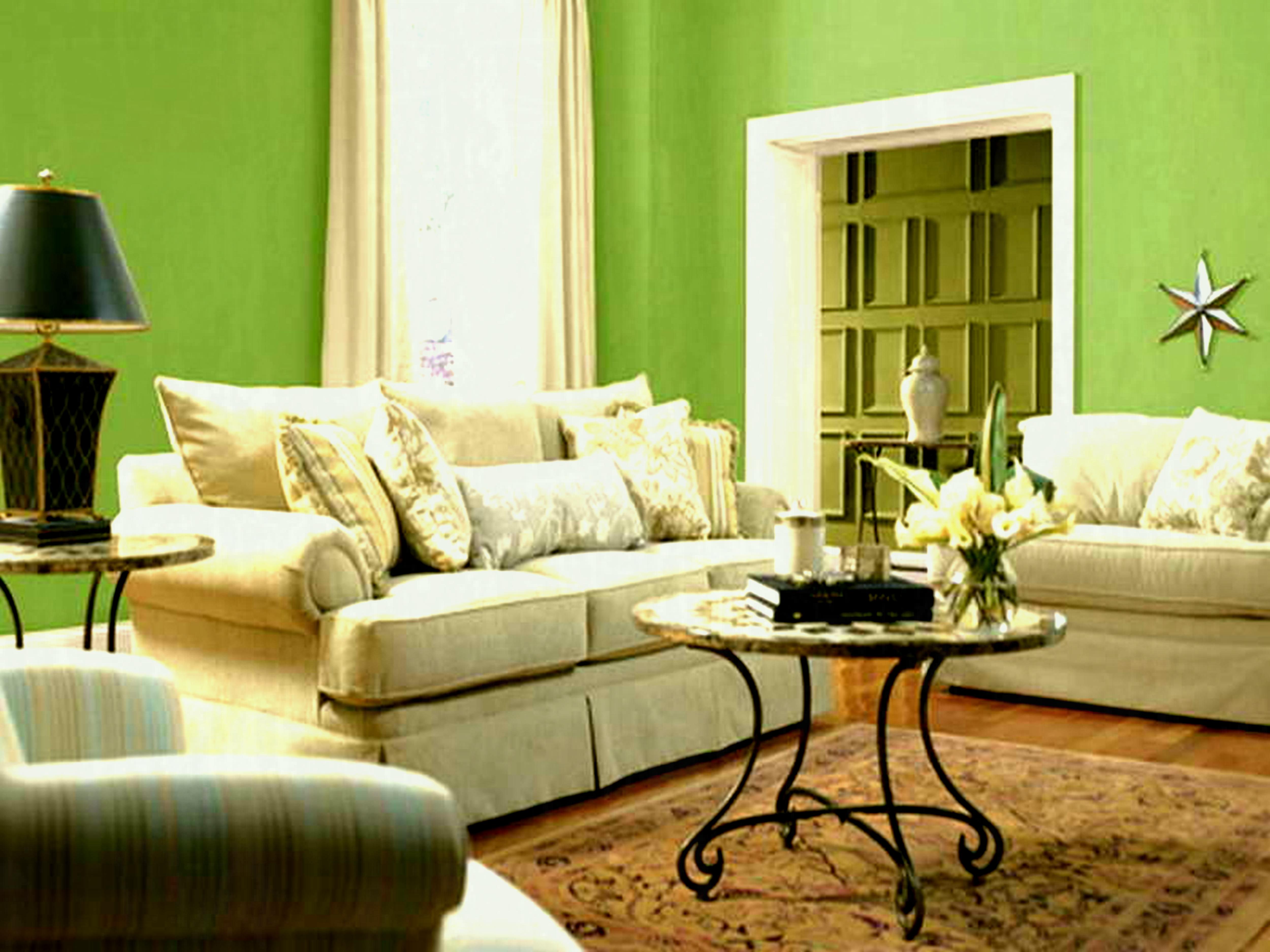Table Of Content

Behind that is the step called agarikamachi – from here, it’s a no-shoe zone. In Gifu Prefecture, you’ll find the villages of Shirakawa-go and Gokayama. They’re both designated as World Heritage Sites because of their traditional gassho-zukuri houses that feature pointy thatched roofs with a slope of about 60 degrees! It’s an area that experiences heavy snowfall, so these roofs were designed to withstand the heavy weight of a lot of snow. The main living space occupies the majority of the ground floor, consisting of a lounge, kitchen, and dining with a view of a covered garden.
O.J. Simpson’s Lawyer Reverses Opinion on Payments to Goldman Family (Exclusive)
One of the bedrooms in a Japandi-style home Wijaya designed features closet doors inspired by Japanese landscape paintings. This dwelling displays a dynamic exterior with triangular windows, generating a playful effect. The interiors are airy and open, encouraging an uninterrupted flow between spaces.
Deformed Roofs of Furano
A surprising intellectual leap in the design of Japanese homes took place during the 14th century, so powerful that it resonated for the next 600 years. Around the time that European houses were becoming crammed with exotic bric-a-brac, Zen priests were sweeping away even the furniture from their homes. What was left was a simple flexible space that could be used according to the needs of the hour. In the living room, you’ll find a suspended mantle fireplace, exposed beams, a wood ceiling and a Shoji screen that offers up views of the front courtyard.
Practical Tips for Creating Your Zen-Inspired Living Room
Modern Japanese houses and Japanese architecture - Wallpaper*
Modern Japanese houses and Japanese architecture.
Posted: Thu, 11 Apr 2024 07:00:00 GMT [source]
Japanese design meets Scandinavian in this marriage of complementary styles. As craftsmen, our job is to make things people want us to make and do what they want us to do. Most of our clients come to us for guidance on important design decisions, but this is their house, not ours.
House in Horinouchi / Mizuishi Architects Atelier
This bathroom layout is atypical of the traditional minka, where the bath is a separate room from the toilet. One may find these particular floor plans in bigger Japanese cities where space is a luxury. Because of its intertwining fibers, an added benefit of tatami mats is soundproofing in between rooms.

Japanese design also uses the concept of "ma." Ma is defined as negative or empty space. In Japanese culture, ma is not only a design concept but a cultural concept that focuses on unoccupied space and time that allows people to pause and breathe. In design, ma is used by avoiding filling rooms to the brim to maintain empty space. Every dimension in a Japanese house relates to the module of a tatami mat. Carpenters in Japan have perfected techniques of drawing out the intrinsic beauty of wood. Brick buildings, when first built in Ginza around 1870, stayed untenanted for a long time, because people preferred to live in well ventilated wooden buildings.
Exceptional Japanese Houses: Residential Design from 1945 to the Present - Asia Society
Exceptional Japanese Houses: Residential Design from 1945 to the Present.
Posted: Tue, 30 Jan 2024 08:00:00 GMT [source]
Read on as our experts explain more about the essential elements of Japandi style and how you can get the look in your home. The steps are placed independently in the house to connect the three floors, followed by a smaller section with only two or three steps. It lands on top of a desk in one location and extends up behind a shelving unit in another. The agarikamachi step is higher than the tataki floor and leads to the house’s entrance corridor.
These items became an inspiration for a lot of artists and designers in Scandinavia,” Rietbergen continues. The engawa is a very special and integral part of a traditional Japanese home. It does not simply serve as a terrace, but the engawa connects the living room to the garden. This porch-like structure is on the outside and functions as both an entryway and a corridor. In western homes, this would translate to either the attic or the basement where we stash random stuff.

Located in Nigata, Japan, the house covers a space of just over 100 square meters. A sheltered terrace on the upper floor is a hallmark of Japanese interior design. Today, we’re going to show you eight homes that represent the forefront of Japanese architecture. A bedroom designed by Wijaya includes a traditional paper fan as wall decor. Natural light and uncluttered spaces are common in both Japanese and Scandinavian design, making the pairing that much more natural. Stacy Randall is a wife, mother, and freelance writer from NOLA that has always had a love for DIY projects, home organization, and making spaces beautiful.
A southeast corner is generally a sunlit place, and the Shinto house altar can often be found in living rooms or the room in which the family usually gathers, so it’s a familiar sight. The kamidana is used to pray for a family’s health, prosperity, and happiness. Because tatami mats are made out of all-natural material, they change over time. The color changes from subtle green to brown, and the woven grass itself gets worn. If that happens, the tatami map can be flipped, although that is something a specialized craftsman tends to help you with – it can’t be done by yourself.
Children that grow up in these homes find these tucked-away spaces a delight for playing hide and seek. There are tiny homes that would be a claustrophobic’s nightmare and mansions that require an army of housekeepers for upkeep. But a traditional Japanese minka would have these rooms on the list below, despite differing sizes, geography, and climate. There is the requisite terrace to enjoy the outdoors and a balcony on the second floor for the same purpose. The main entryway on the first floor has ample space for footwear, which is not allowed in the home interior. Each bedroom is smaller than what you would find in a typical western home.
Together with her husband, she has been spending the last several years lovingly renovating her grandparent's former home, making it their own and learning a lot about life along the way. Oshi-ire can be closets, or the little compartments above closets, used for expensive kimonos, beddings, or out-of-season clothes. These mostly hidden storage compartments are typical in a classic Japanese home.











